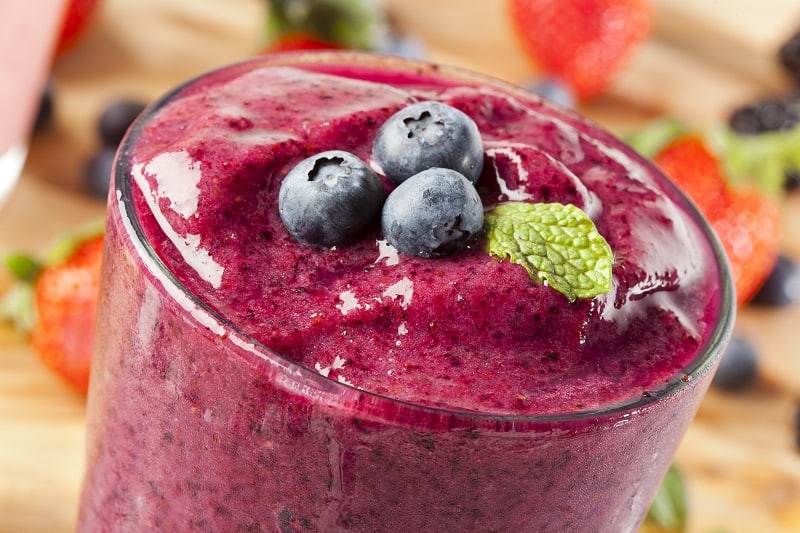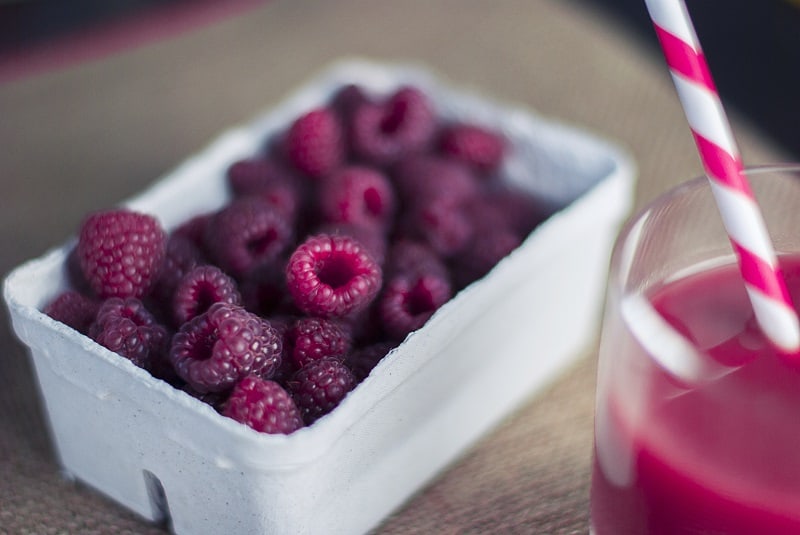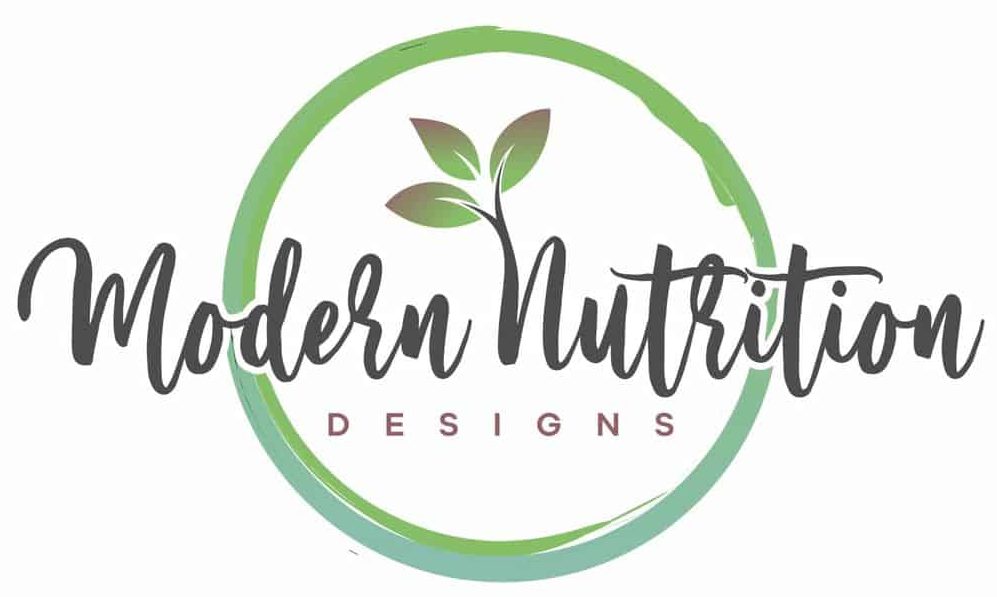Juicing and blending food into smoothies are commonly associated with plant-based diets. Following a whole-foods plant-based diet myself, I often wonder if consuming fruits and veggies in a liquid form provides more benefits or drawbacks.
- Pros of blending & juicing
- Ensures you will get your recommended daily intake of fruits and vegetables
- Allows your body to readily absorb the vitamin and mineral content
- May help to reset your taste buds and food cravings
- Time saver
- Cons of blending & juicing
- Increases risk of Type ll diabetes
- Food processing destroys the fibrous cell-walls
- Allows for a large number of calories with little effort
- High sugar content
- Short shelf-life
- Lack of satiety or feeling full
- Cost
After digging a little further into the available resources, I found some interesting bits of information that made me think twice about processing my food with any sort of juice machine or blender.
Advantages of blending or juicing your food
Ensures you will get your recommended daily intake of fruits and veggies
According to studies supported by the Centers for Disease Control, just 1 in 10 adults meet the federal fruit or vegetable recommendations!
Many people consuming a standard Western diet have trouble getting enough fruits and veggies because the majority of their foods consist of processed plant particles. Most of the beneficial vitamins, minerals, fiber, and water are removed from the plants during food processing.
Blending and/or juicing fruits and veggies may allow more people to reach the recommended daily intake (RDI) for these foods. This is an easy strategy for removing the unpleasant aspects some people experience towards the consumption of fruits and veggies.
For instance, this method removes time constraints. It takes much less time to chug down your glass of veggies for the day than it does to sit down and eat a large salad.
Another advantage may include taste preference. Those who eat the standard Western fare are less likely to enjoy the natural flavors found in fruits and veggies. By pulverizing the food into a liquid, you can alter the taste and get them down faster. It’s a win-win.

Allows your body to quickly absorb the vitamin and mineral content
When you process whole fruits or vegetables in a blender or juicer you break down the cell walls liberating the nutrients. This allows the nutrients to be absorbed more quickly and efficiently into the bloodstream.
Your digestive system gets a break because the nutrients are more readily available to be taken in and utilized. There is no need to utilize many of the enzymatic and mechanical digestive tools that are necessitated by intact fruit and vegetable particles that have been ingested through standard chewing practices.
This can be helpful for anyone recovering from surgery that does not have the means nor energy to chew, swallow, and digest their foods naturally. Juicing or blending up your foods first may allow for faster recovery in this situation.
May help to reset your taste buds and food cravings
When people undergo a water-only or juice-only fast it speeds up their body’s recovery while resetting their neural mechanisms for food preferences. It is certainly true that water-only fasting is much more sufficient with this phenomenon, but juicing is the next best option for those who are turned off by water-only fasting.
People who have a propensity to eat the majority of their daily calories from modern processed and convenience foods are unable to pick up on the more subtle, natural flavors in whole plant foods. By removing these from your diet for an extended period of time while solely consuming freshly juiced whole fruits or veggies you can bring your taste sensors back to baseline.
Juice fasting is a great way to begin your switch to a whole-foods plant-based diet because you will be able to fully enjoy and appreciate all the natural flavors in plant foods following the fast. This is a great tactic people use for overcoming food cravings.
Once you are able to successfully reset those nagging neural circuits by flooding your system with natural juice for an extended duration, you can begin your healthful dietary journey fresh.
Time saver
The last advantage of juicing or blending your foods is the fact that it is an utter time-saver. In our modern world, shedding just a few minutes off your meal-prepping or consumption each day is a big deal.
It takes a significant amount of time to cut up each fruit or veggie and prepare them to your liking. Then, it requires even more time to thoroughly chew each item before swallowing and going on with your day.
I do agree that this is a large benefit for the to juice or not to juice debate. But let’s be real, if your health is a priority, you make time for those extra minutes of chopping, preparing, and chewing. It really is that simple.
Besides, you still have to chop and prepare the fruits and veggies you will be stuffing into the food processor. These may not be as thoroughly prepared as when preparing and eating them whole, but you get the idea.

Disadvantages of blending or juicing your food
Increased risk of Type ll diabetes
Studies such as a recent Harvard School of Public Health investigation found that the consumption of whole fruits is associated with a significantly lower risk of type 2 diabetes, whereas fruit juice consumption is associated with a higher risk, highlighting the dramatic difference between eating whole fruits and drinking fruit juice. – Dr. Michael Greger
Why is this? Well, when consuming whole foods the nutrients, including the carbohydrates, are more tightly packaged inside the food particles. It takes the body longer to break them down and release them into the bloodstream.
But when these particles are mechanically pre-broken down inside a blender or food processor, for instance, the sugars from the carbohydrate molecules are readily absorbed and utilized by the body.
Imagine a slow trickle of sugars entering the bloodstream as opposed to a flood of sugars taken in all at once. Your cells cannot respond fast enough to such an artificially induced increase in blood sugar. They need time to adapt and usher those sugars slowly into the cells.
Just because a substance is “readily absorbed” doesn’t necessarily mean that is a good thing. If your body is expecting a lot of effort to be able to stagger the utilization of the nutrients found inside each food particle, forcing it to take-in an overabundance of nutrients in a short time-frame may not be helpful.
Food processing destroys the fibrous cell-walls
Researchers are starting to realize that fiber is far more important than early studies have suggested. The reason it is so crucial to consume intact fiber is that that is how the bacteria in your gut require it.
Destroying the cell walls contained in fruits and veggies by artificially pulverizing them with sharp metal blades prior to ingestion is removing the benefit they provide to your microbiome. These substances are anticipated by our bodies’ natural design to make their way passed our stomach and small intestine and into the colon intact.
By removing these fibers through juicing, or by compromising the integrity of the fibers through blending you may be starving some of your beneficial gut bacteria. This will, in turn, reduce the many benefits these bugs provide to our bodies, such as creating vitamins, serotonin, hormones, and immune health.
The video below by Dr. Michael Greger does a great job of expanding on the changes that take place in the microbiome when consuming fruit juice as opposed to whole fruit.
Allows for a large number of calories with little effort
Smoothie and juice consumption provide a readily available abundance of calories with very little effort by means of metabolism. When you eat an apple, you not only have to work to chew the food into smaller swallowable boluses, but your stomach requires more energy to break that bolus down further in a form that your body can utilize.
Thus, not only are you ingesting a higher amount of calories in an apple smoothie or apple juice, but you are doing it in a way that demands almost no metabolic effort. Therefore, you are taking in far more calories than you are burning.
You will also likely throw several apples into the blender/juicer, perhaps with additional items. So while you may consume one apple naturally by chewing and swallowing, you may consume more than 5 times the amount of calories when juiced or blended.
High sugar content
Since the insoluble fiber has been removed from the fruit or vegetable, the sugar content per volume increases—which can cause a significant insulin spike.
Again, when consumed in the food’s whole, intact form, these sugars are strategically bound and not readily absorbed by the body. This allows for much slower digestion, and ultimately, slower absorption.

Short shelf-life
Juices and smoothies only remain fresh for approximately 15 minutes after they are processed. After this time frame, they begin to lose their nutrient bioavailability. In other words, you will receive less nutrition from the same amount of calories.
If you are going to consume your fruits and veggies in this format try your best to consume them immediately after blended/juiced.
Lack of satiety (or feeling full)
Studies show that test subjects will eat significantly more calories in the next upcoming meal following the ingestion of fruit or veggies in liquid form as opposed to their whole counterparts.
In other words, eat an apple whole and you will stay fuller longer. But when that same apple is consumed in liquid form, you will not only remain hungry, but you will eat more calories in your next meal than you otherwise would have.
Cost
Juicing and making smoothies is expensive! One large bag of frozen berries can range from $8 to $11 depending on the season. That same bag of berries may be gone within a couple of days when used to make berry smoothies. But if you eat those same frozen berries whole they may last all week.
The general consensus on juicing/smoothie-ing
Overall, I feel there are many more drawbacks to consuming fruit and vegetables in the form of liquid calories, as opposed to consuming the item whole.
There may be certain circumstances such as recovering from surgery or a runaway sugar addiction where juice-fasting may be more beneficial than attempting to eat the food whole. Otherwise, there is an overwhelming amount of evidence that suggests we should stick to consuming fruits and veggies in their most intact, natural form.
After all, this is how our bodies have been getting their nutrition for thousands of years without complication. Introduce a high-speed blender to the human population and suddenly we have an increased risk of Type II diabetes? It just doesn’t seem sensible.
Karli Jackson

